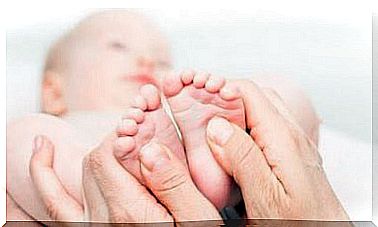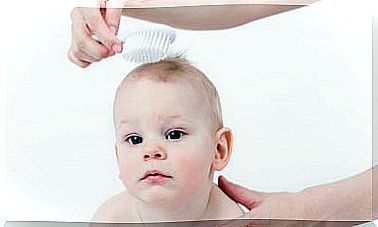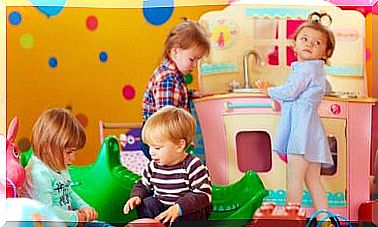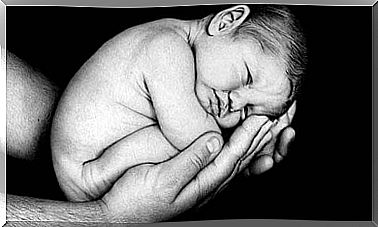Why Babies Move In The Womb

There is nothing more exciting for a mother during pregnancy than to feel when children move in the womb. It is a way to know that their little one is well, that it is growing and getting stronger to soon be in her arms.
But when the child moves around, it’s about more than just reminding us that they’re there. In fact, they respond to a need for fetal development to strengthen their bones and joints. A study published in the journal Development confirms this. So, let’s see what it’s about and how important it is for babies to move in the womb.
During which week will I feel how my baby moves in the womb?
From the moment a woman knows she is expecting a baby, she can not stop thinking about when she will feel it moving. She usually touches her stomach in search of a feeling that shows that the baby is there, inside her.
The baby’s movements in the womb begin between 7 and 15 weeks of pregnancy. They are very gentle and the baby is very small, so they are difficult to notice. Around week 20, between the fourth and fifth month, you will feel your baby moving for the first time.
This movement in the uterus will be very smooth, like tickling or butterflies. A little at a time, it becomes more intense and constant until you feel it kick when it turns. As the child gets older, their movements will become more energetic. In addition, you will increase your perception and you know the baby’s routine and sleep schedule.
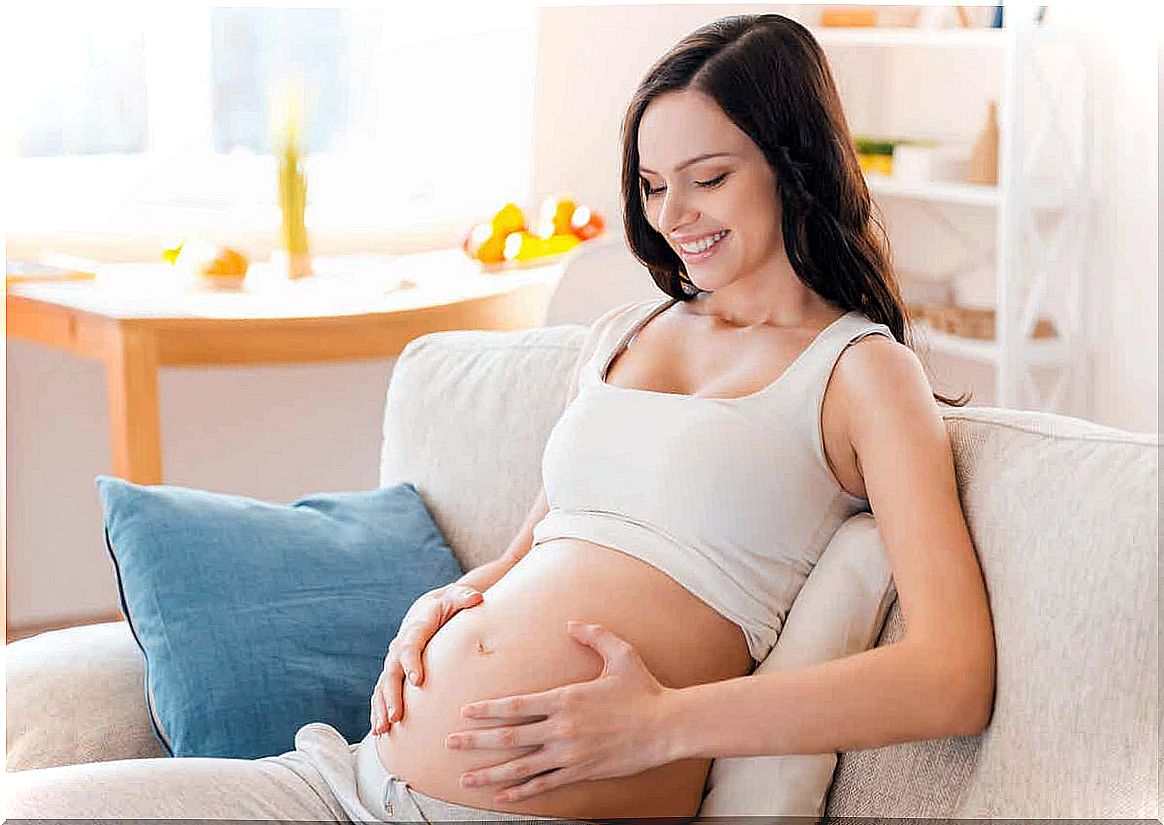
Generally, when you feel your baby move, you feel movements of the arms and legs, movements of the head and jaw, as the baby sucks and swallows, hiccups, hand contact with the face, stretching, yawning and rotation. In addition, modern ultrasound shows that children can smile, cry and blink inside the womb.
These movements will become more intense between weeks 28 and 34. After this week, they will decrease slightly due to lack of space in the uterus. Of course, you will always feel them, especially when you push yourself, or stretch.
Why is it important for your baby to move in the womb?
As we have mentioned , a study in the journal Development showed that the movement of the embryo encourages the molecules that control the cells that will form bones and joints so that they become strong and functional tissues.
In their research, researchers observed the molecular changes in the joints of chicken and mouse embryos, which function in the same way in all species, and evaluated the differences between two groups of embryos. One group has free movement and one control group is immobilized. In the embryos that did not move, there were malformations of bones and changes in the functionality of bones and joints.
Dr. Paula Murphy, who was in charge of the study, explained that without movement “the cells that should form the articular cartilage form bone by receiving an incorrect molecular signal.”
This is the reason why the child’s movements appear so early, spontaneously through reflexes from the spinal cord. As the baby grows, around week 18, it can make intentional movements that are more complex and functional.
At the same time, the amniotic fluid that surrounds the baby makes these movements easier and easier. In this way, the musculoskeletal system can grow properly.
During pregnancy, the baby must move in the womb to:
- Strengthen the neuromuscular system
- Shape and strengthen bones and joints properly
- Let us evaluate the child’s activity, as it is an easy way to control them
- Confirm the affective bond between mother, father and baby
How do I stimulate my child’s movement?

Infants are usually very active in the afternoon and at night, when the mother is resting. Their movements may be more constant at specific times. As your pregnancy progresses, you will get used to the rhythm and intensity of their movements and their kicks. Although they can be annoying at times, they let you know that your baby is feeling well.
If you try to get them moving, you can wake them up and stimulate them by taking these recommendations into account:
- Sit down, relax and enjoy the connection. Then you can caress your stomach and talk to them, and they will surely answer.
- Have a treat or some chocolate. Glucose stimulates their movements.
- Put soft music on your stomach to encourage the baby to move.
- Include your partner in this ritual. Your baby will like that mom and dad want to feel that they are there.
One of the ways to check your baby’s well-being during the third trimester is by evaluating their movements and kicks at a certain time several times a day. If you do not feel movement after stimulation, you should go to the gynecologist as soon as possible to do the ultrasound and make sure that everything is fine because your baby needs to move in the womb.
